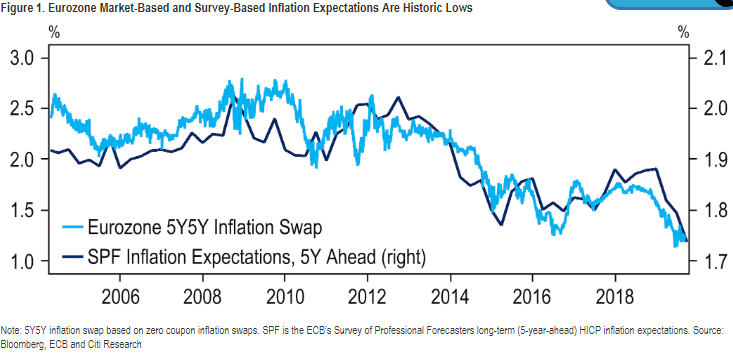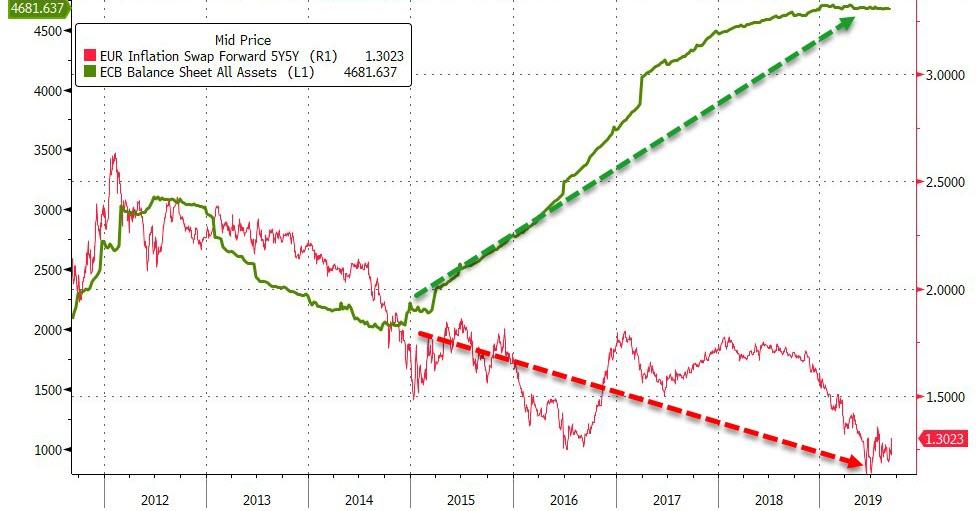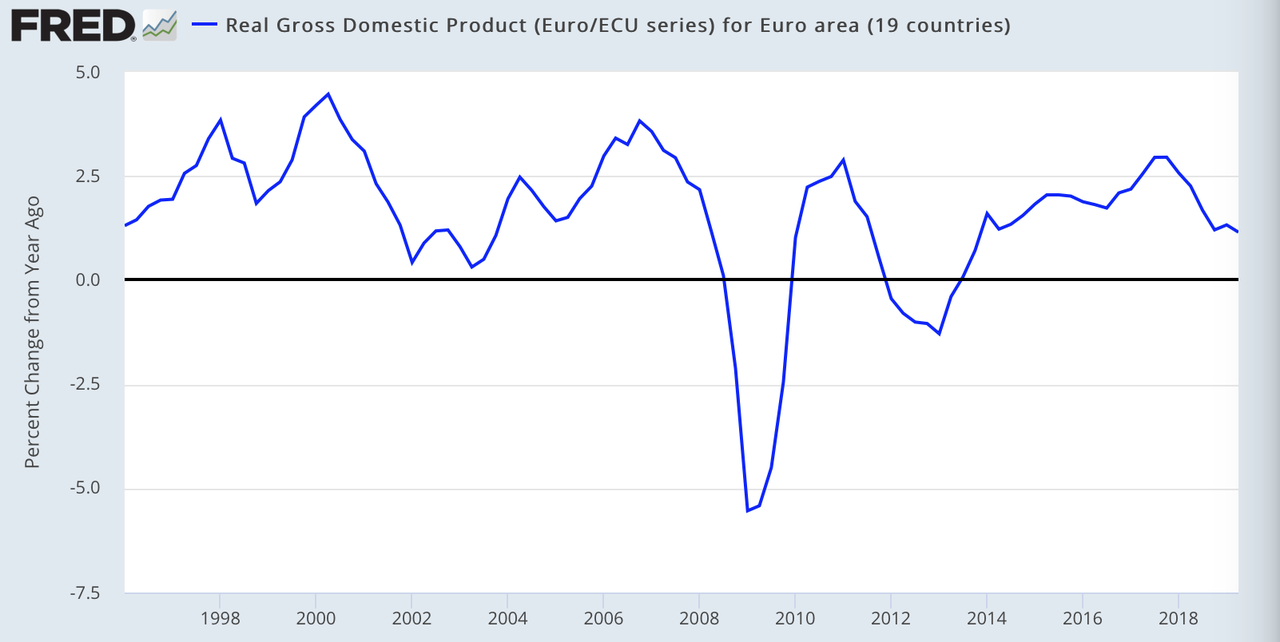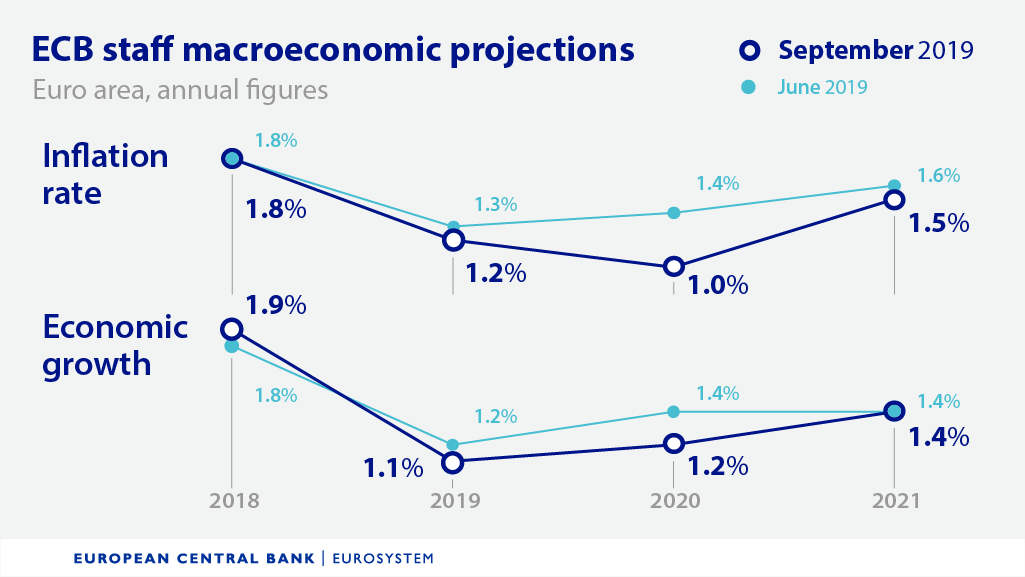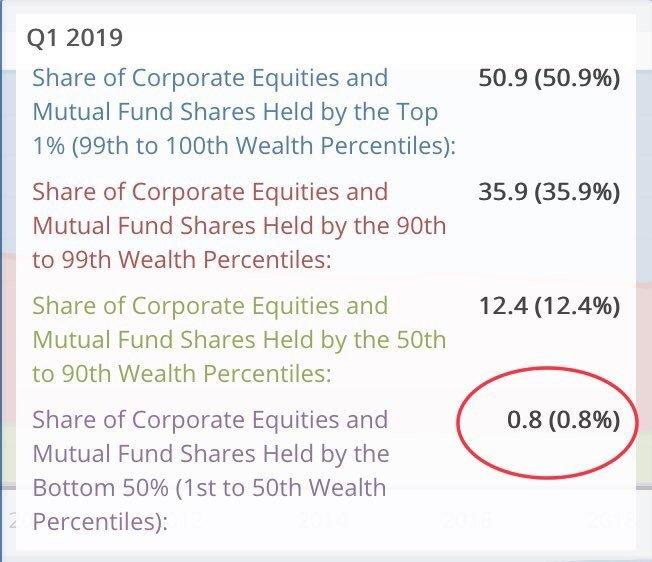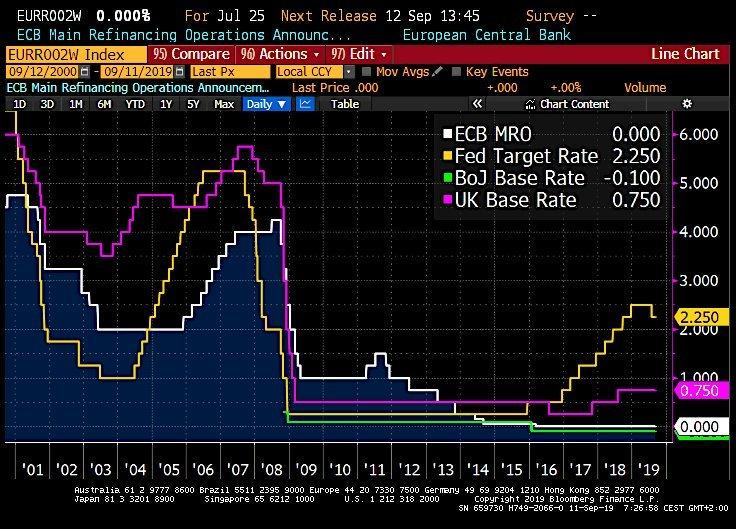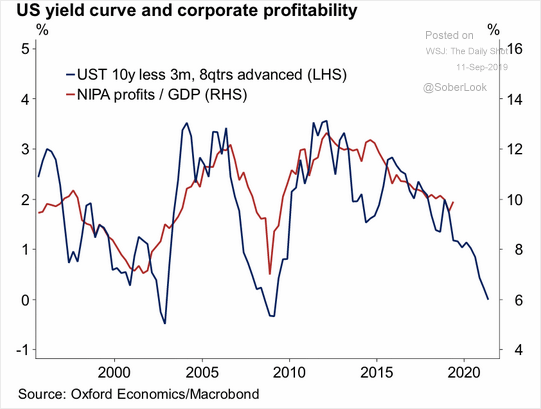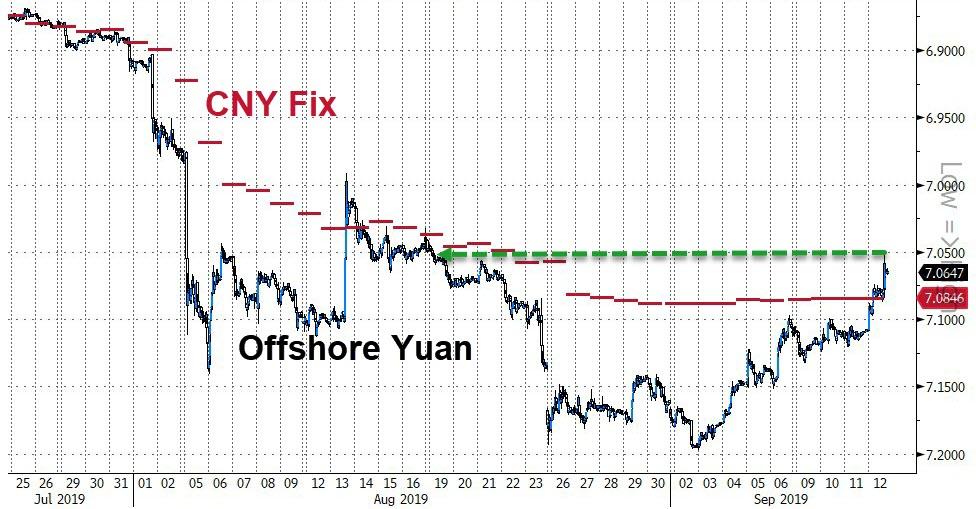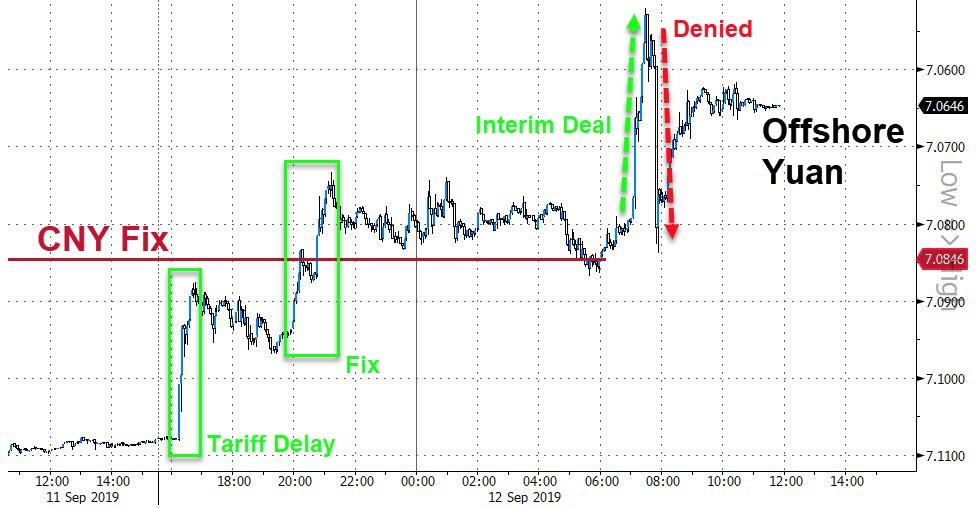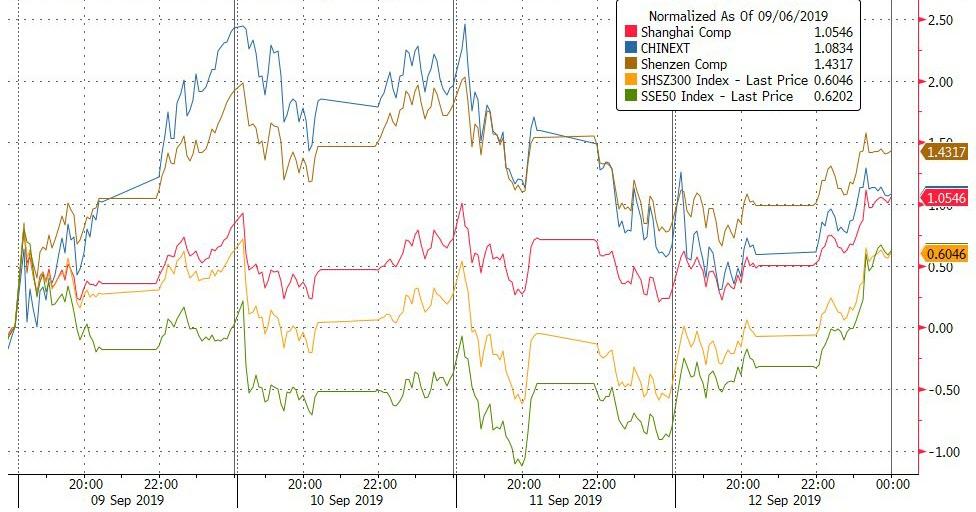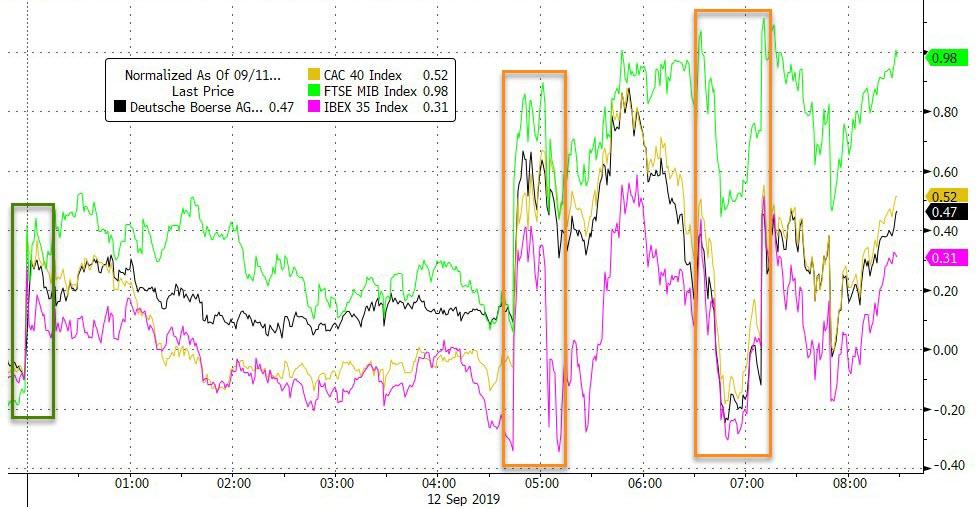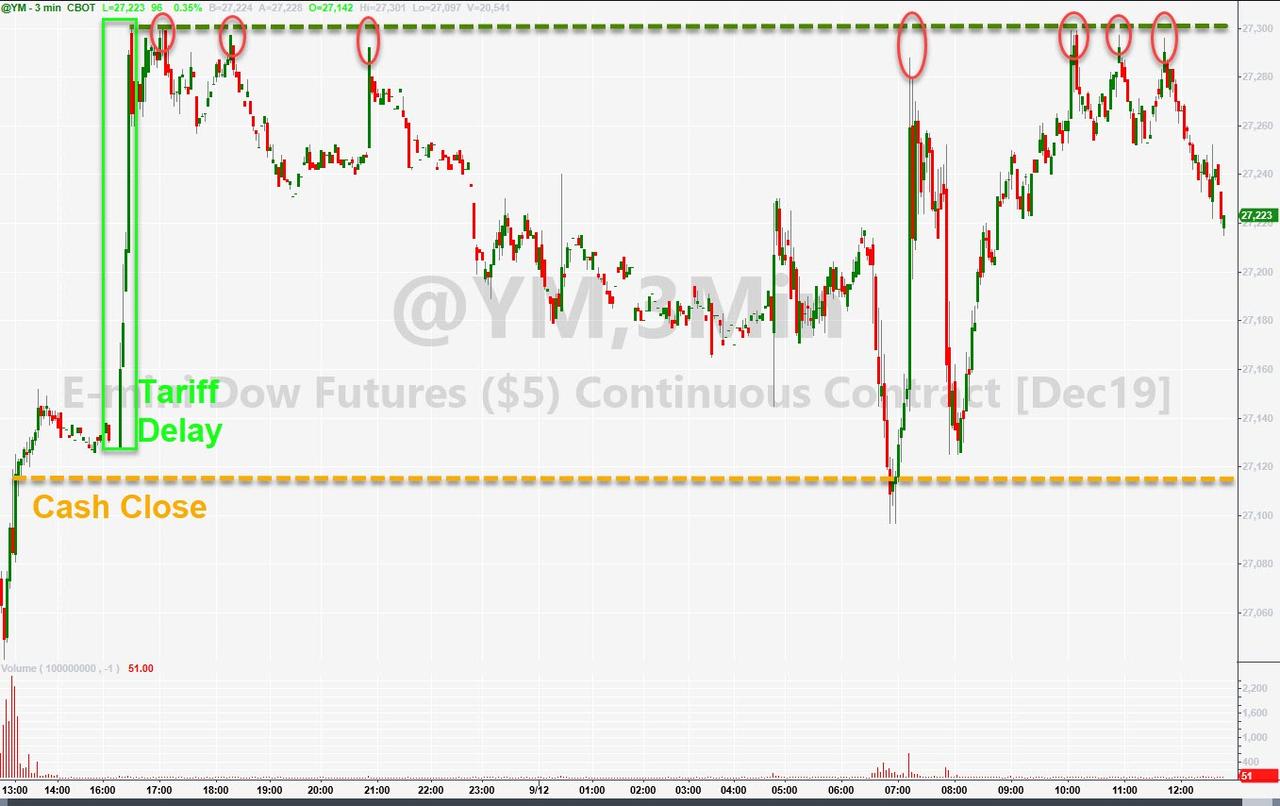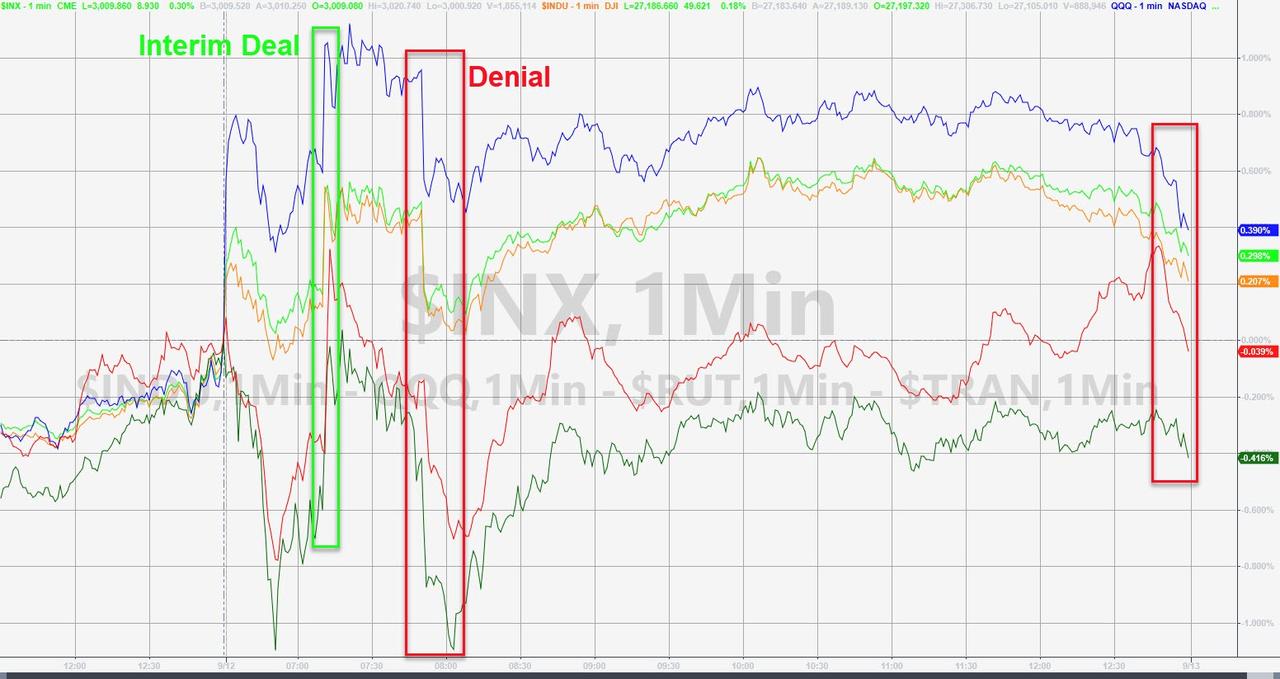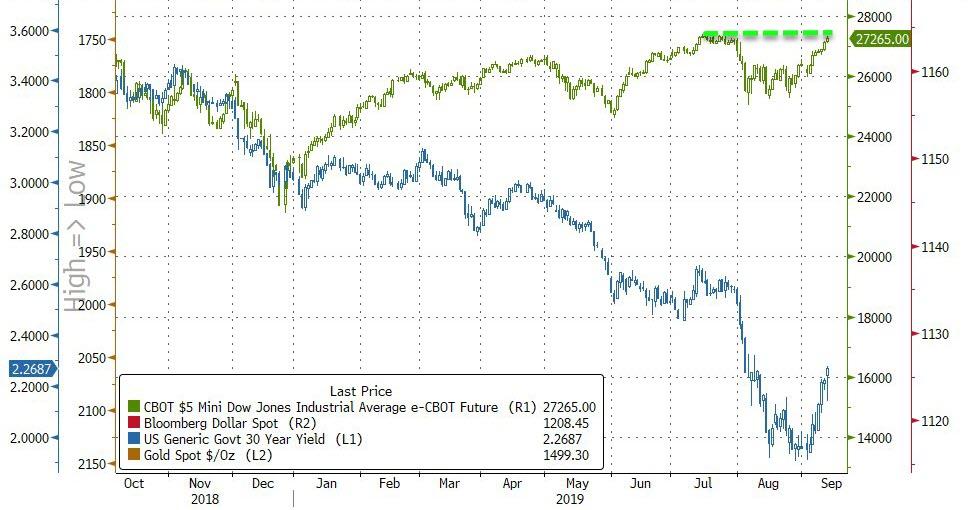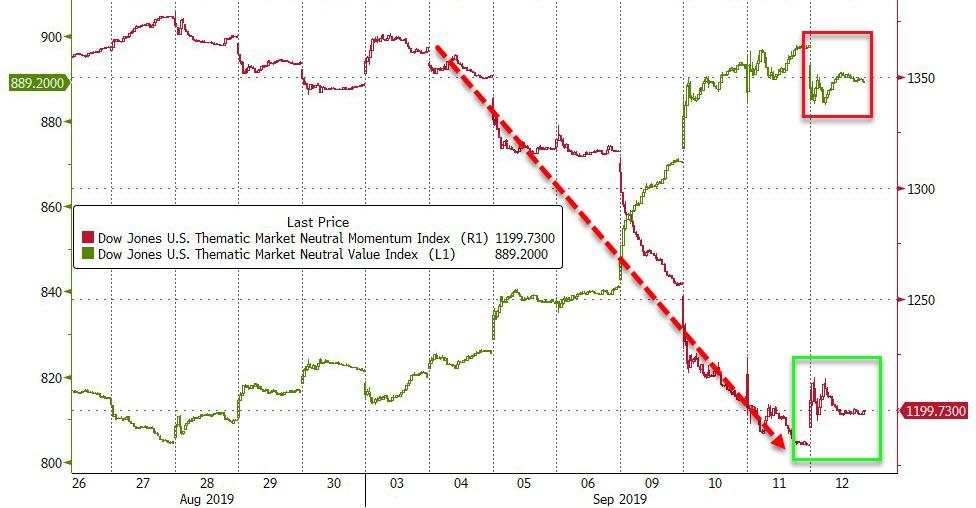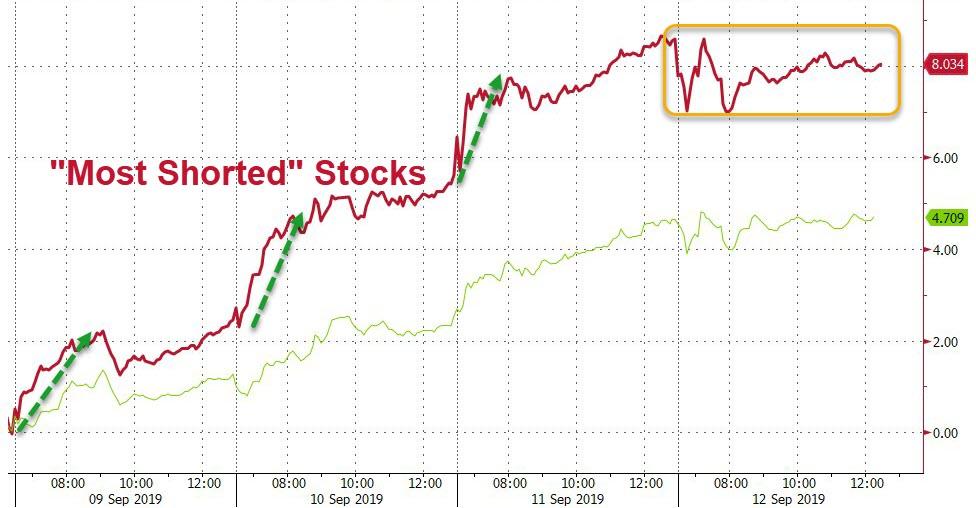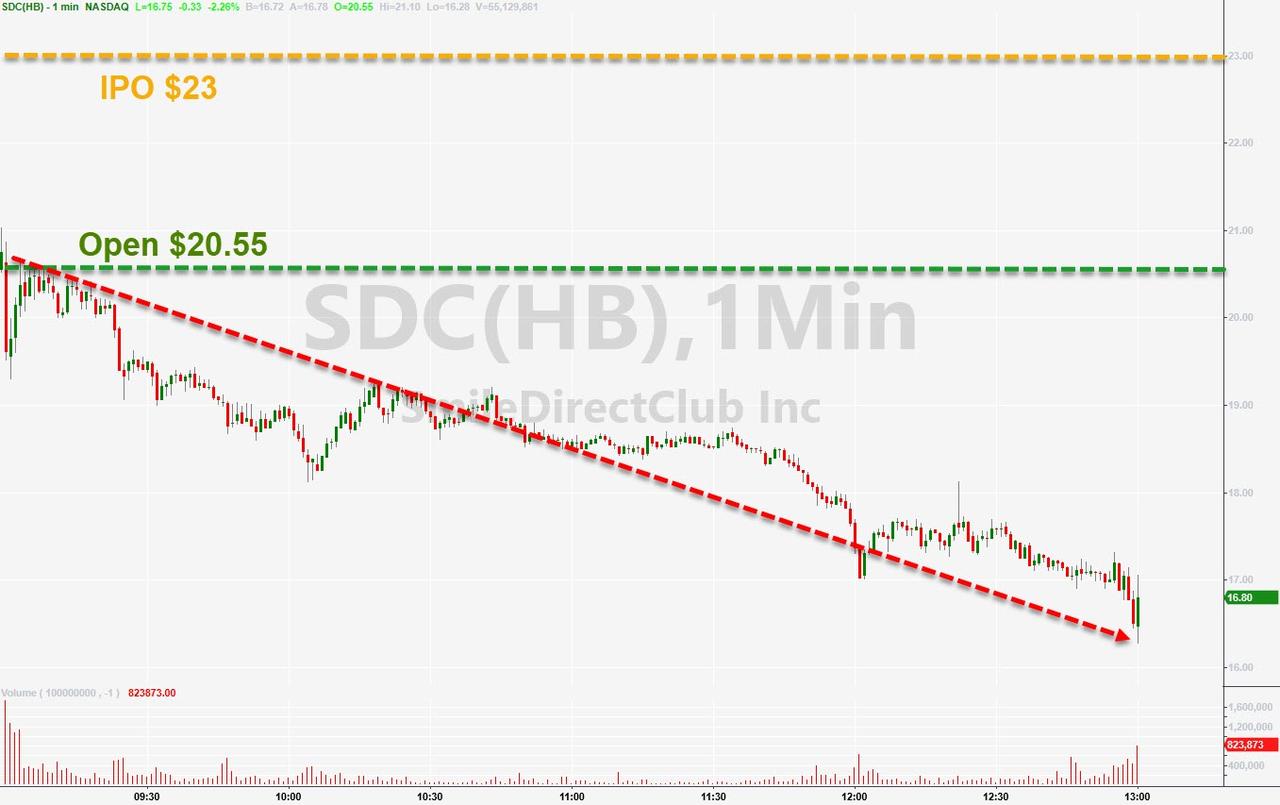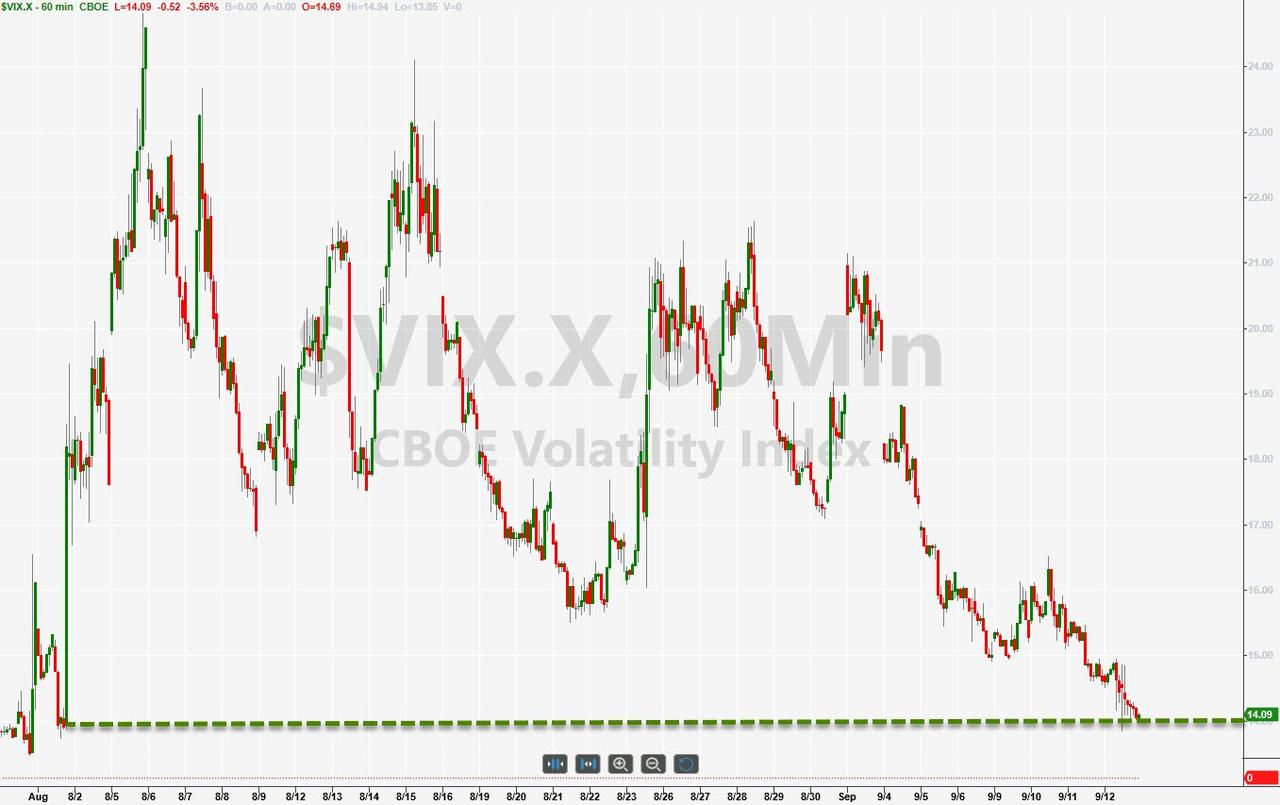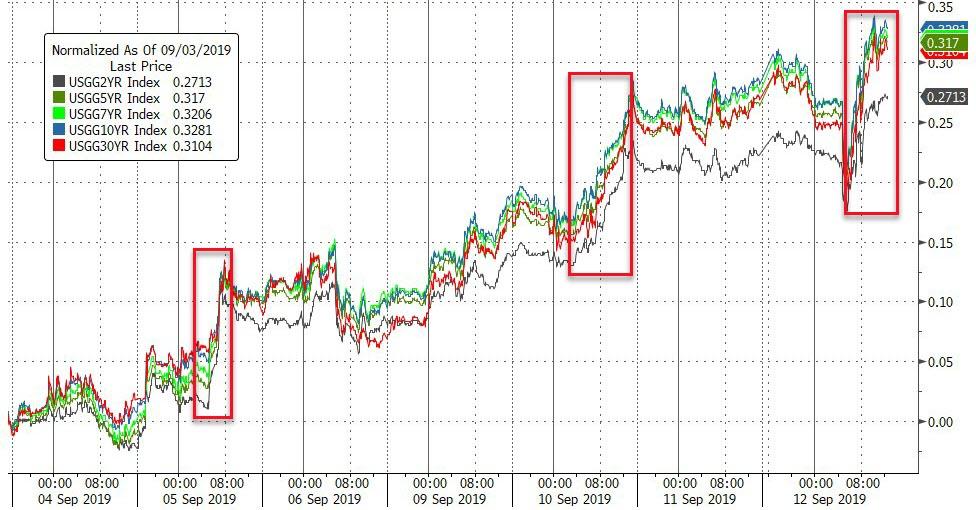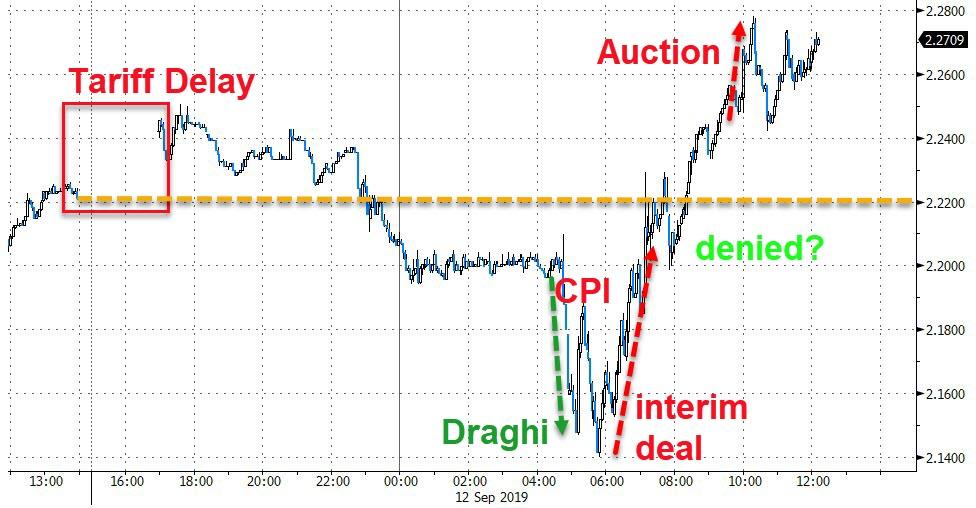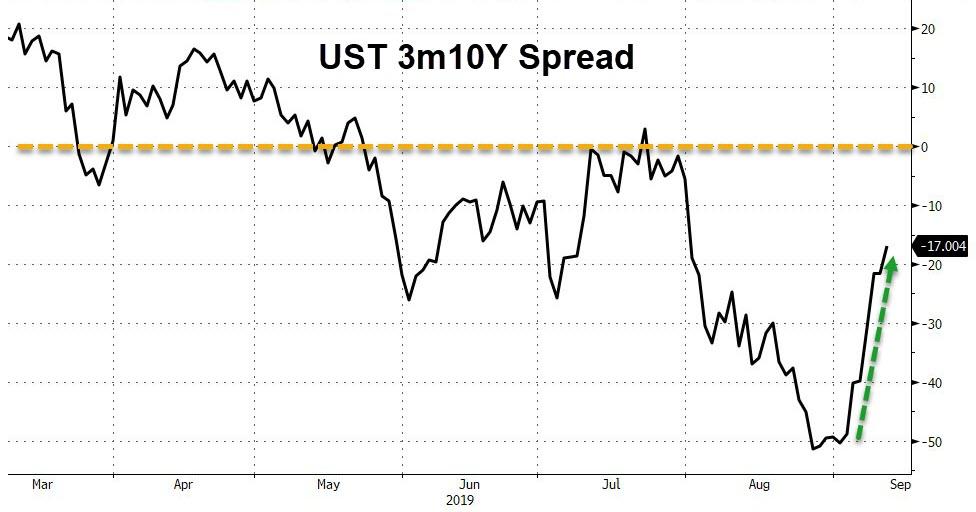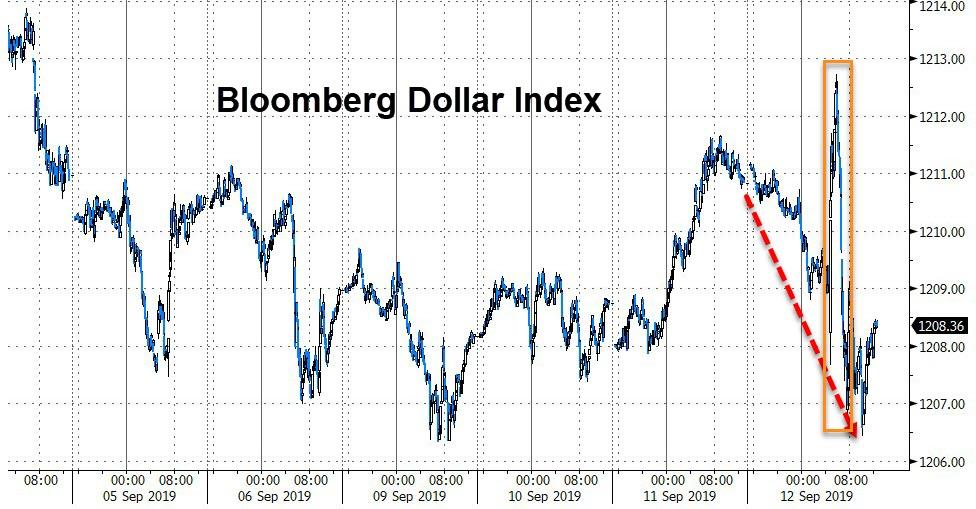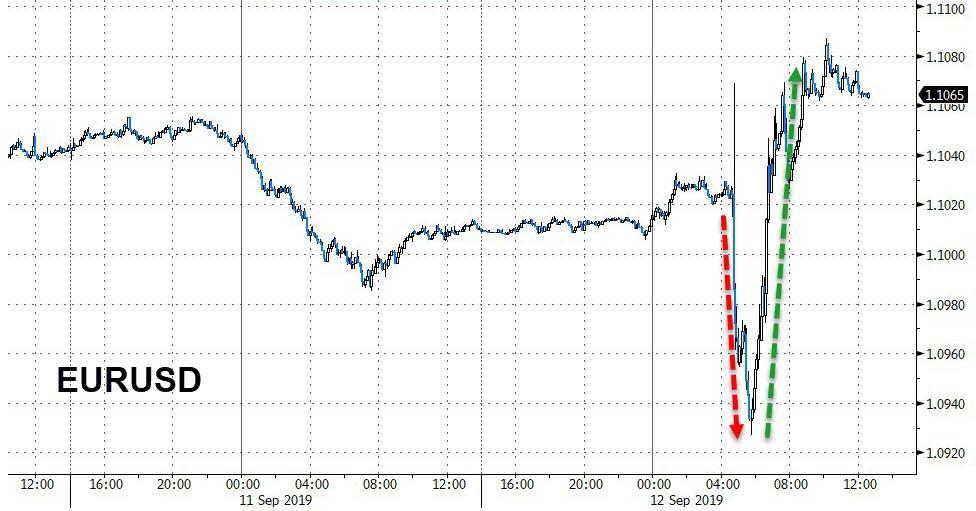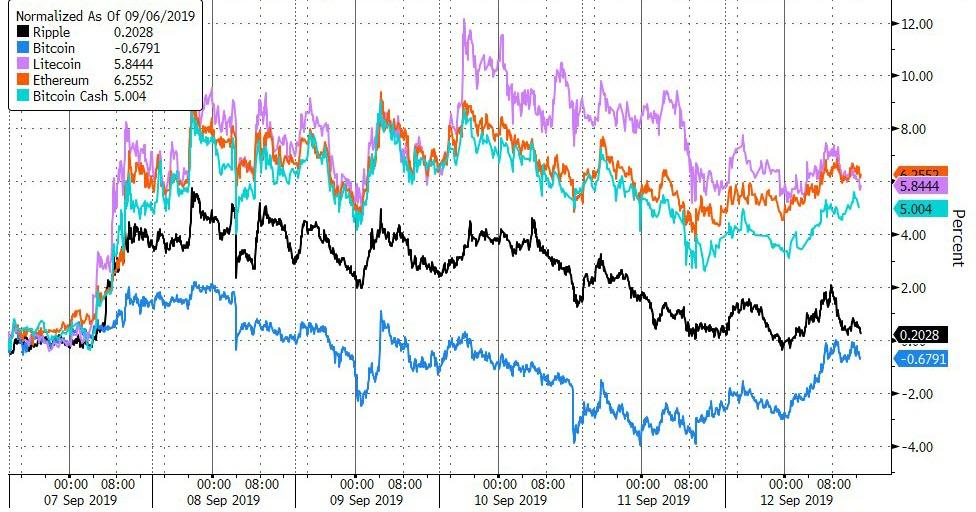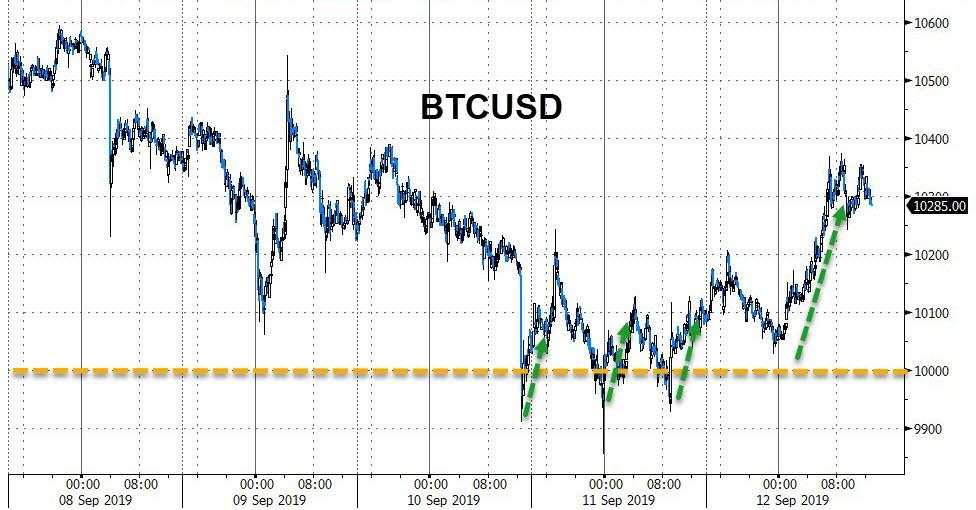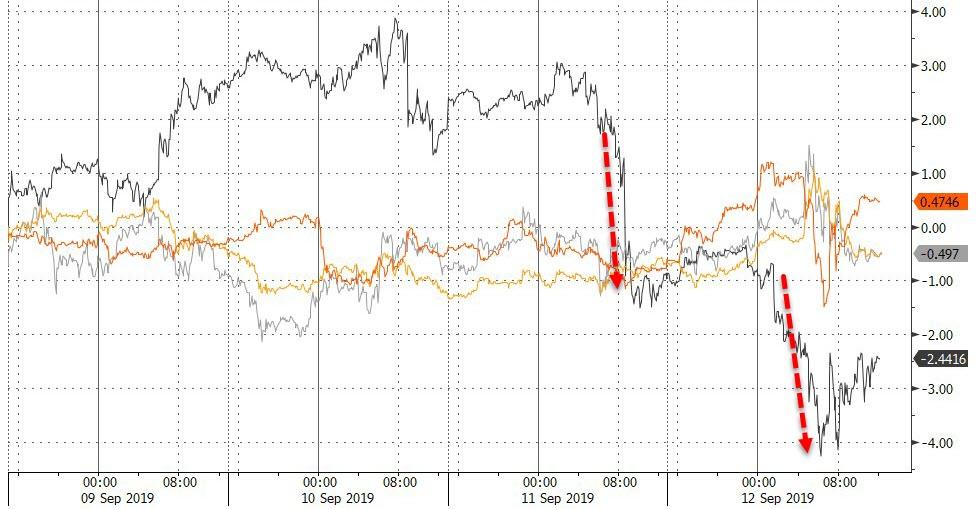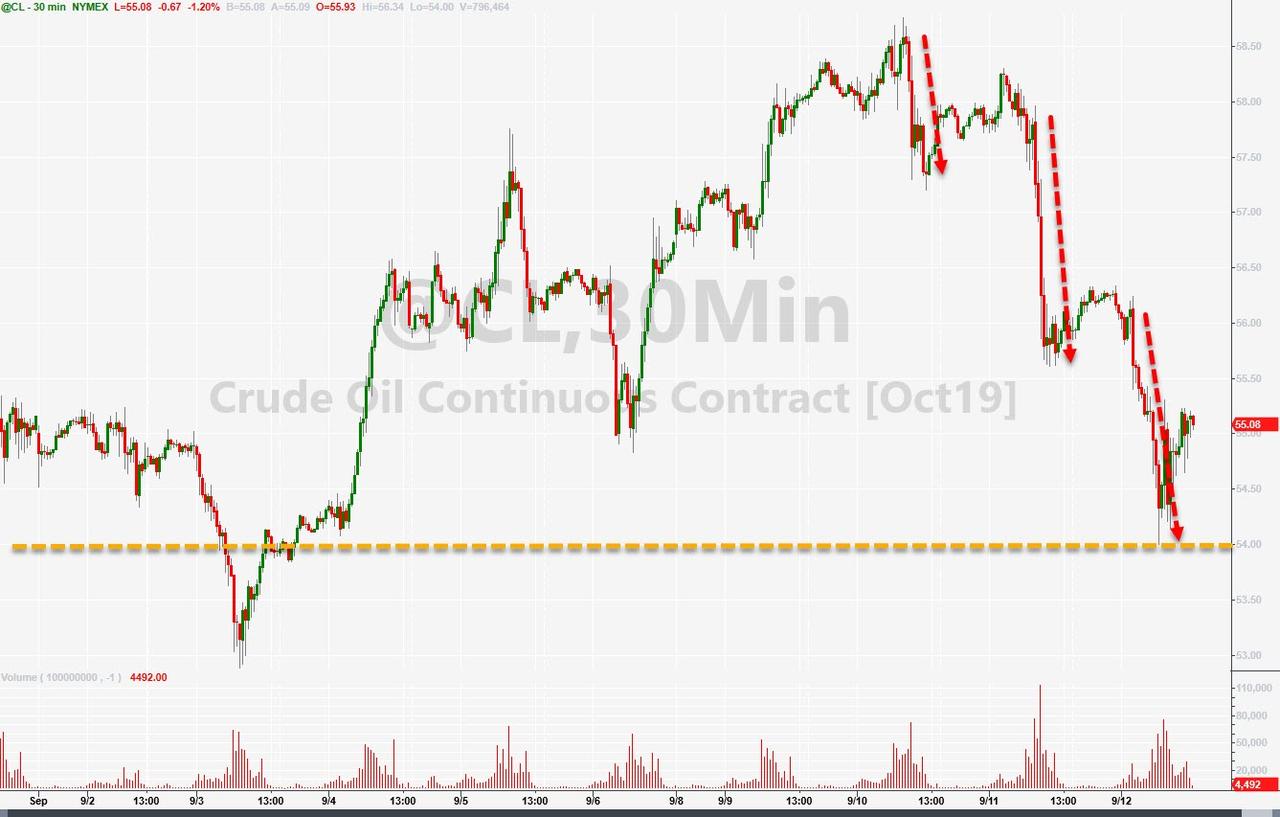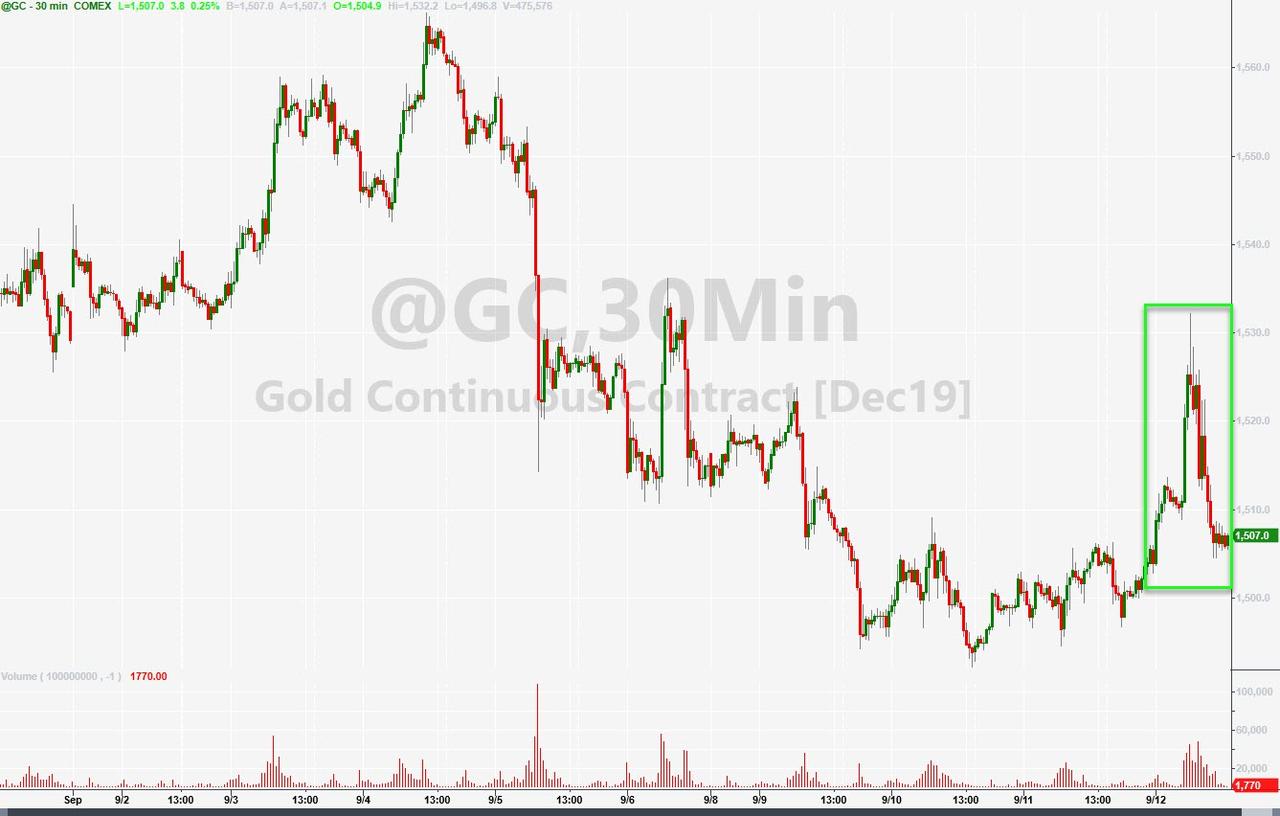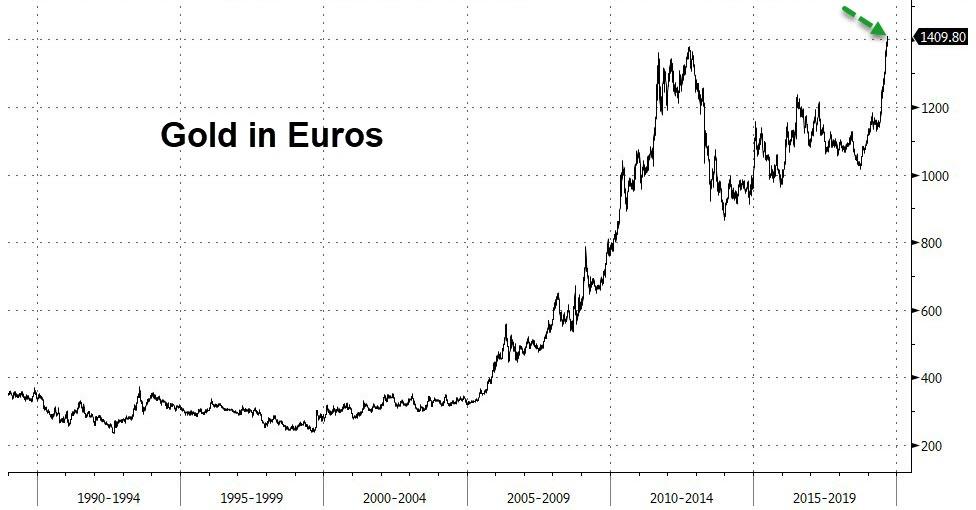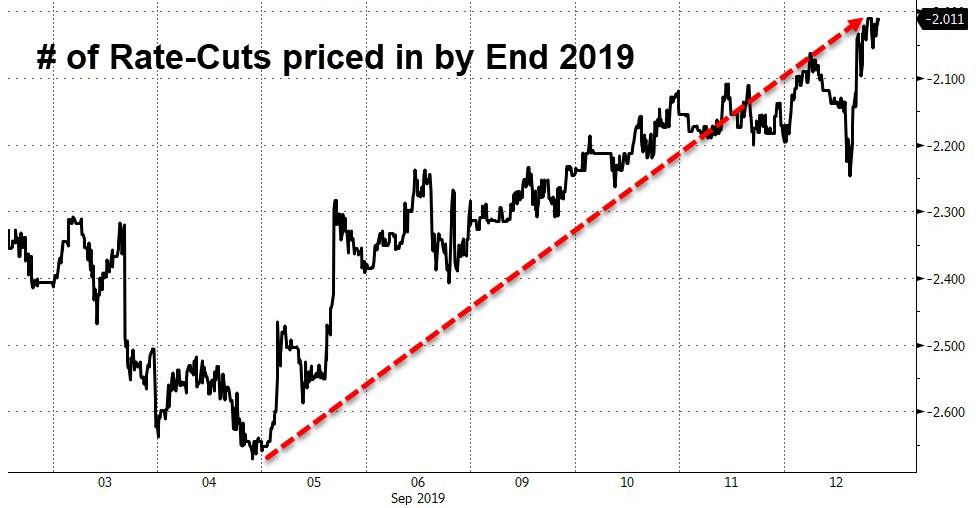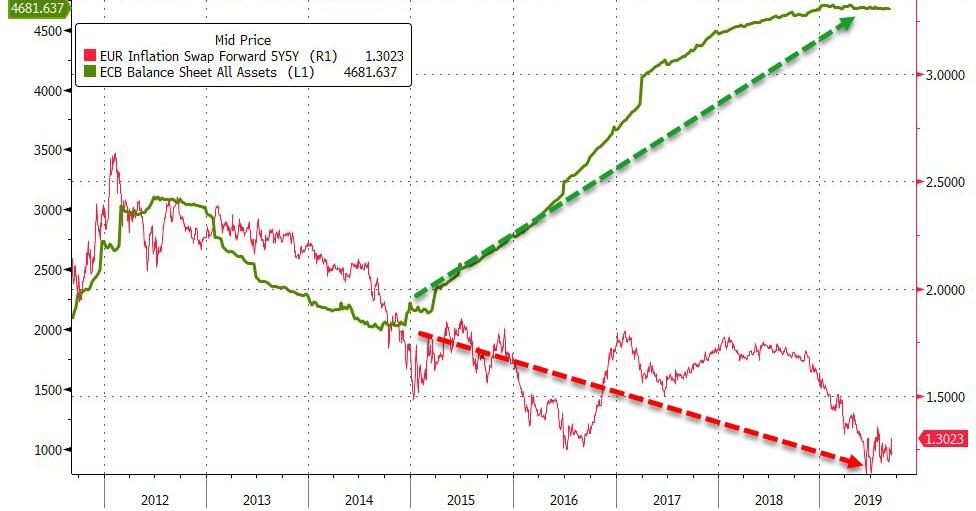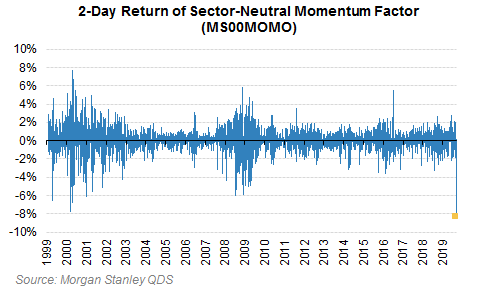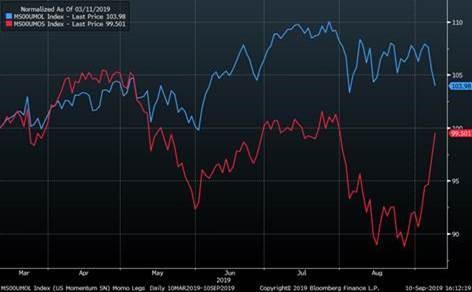[This post was coauthored with John Langford, Counsel at Protect Democracy.]
President Trump’s campaign to restrict access to citizenship continues to make headline news. On August 28, USCIS announced that the children of some U.S. military personnel and other government employees stationed overseas will no longer automatically become citizens. Three weeks ago, the President indicated that he’s seriously considering an attempt to end all birthright citizenship. Last month, the Trump Administration announced a new rule that could cut legal immigration in half by denying visas and permanent residency to people for being too poor.
But Trump’s war on immigrants doesn’t stop at citizenship. In a new law review article, one of us and Professor Cassandra Burke Robertson of Case Western Reserve University’s School of Law explain how the Trump Administration is weaponizing the government’s power to strip naturalized citizens of their citizenship through civil denaturalization proceedings. Since the late ’60s, that power has been used exceedingly rarely, reserved primarily for denaturalizing Nazi officials and war criminals. Until recently, that is.
This Administration obtained its first-ever successful civil denaturalization in 2018. Since then, USCIS has begun to form a new office in California to pursue civil denaturalizations in an effort called “Operation Second Look.” Earlier this year, the Trump Administration asked for $207.6 million to review 887 new leads. By some accounts, that brings the total number of files USCIS and ICE are currently reviewing for possible denaturalization proceedings to over one million.
Trump’s weaponization of the government’s civil denaturalization powers is bad enough in its own right. But taken together with Trump’s anti-immigrant rhetoric and propensity to retaliate against critics, his effort to ramp up civil denaturalizations poses a far more immediate threat: silencing immigrant dissenters.
As president, “Trump has used the words ‘predator,’ ‘invasion,’ ‘alien,’ ‘killer,’ ‘criminal’ and ‘animal’ at his rallies while discussing immigration more than 500 times.” Trump’s re-election campaign is already inundating voters with warnings of an immigrant “invasion.” A month ago, Trump suggested that four Representatives of color, including one who is a naturalized citizen, “go back” to their countries, invoking a “taunt that has long, deeply entrenched roots in American history.” Trump’s rhetoric mirrors the language that fueled the deadly anti-Irish riots of the 1830s and the post-World War I resurgence of the Ku Klux Klan. It is just as potent today.
Trump’s anti-immigrant rhetoric cannot be dismissed as empty words, given his propensity to use the powers of government to suppress criticism. Trump’s willingness to punish critics among the institutional press, for example, is well documented. He has revoked press passes and security clearances; directed or asked others to direct the Department of Justice, the Postmaster General, and the Department of Defense to punish the owners of CNN and The Washington Post; and threatened to revoke NBC’s broadcasting license, all in response to coverage Trump didn’t like.
Taken together, Trump’s anti-immigrant rhetoric, propensity to retaliate against critics, and efforts to denaturalize citizens—each harmful and/or illegal in its own right—will silence dissent among naturalized citizens. In the context of an administration that is actively seeking to denaturalize citizens, Trump’s nativist tweets are threats. His rhetoric will chill dissent among immigrants unless and until Congress, courts, and others take this threat seriously and respond accordingly.
Congress should act to defang Trump’s threats by stripping or limiting the government’s ability to pursue civil denaturalizations. Those denaturalizations lack the procedural safeguards necessary to prevent abuse and violate naturalized individuals’ right to be free from the arbitrary deprivation of their citizenship. There is no good reason for Congress to arm any President with the power to strip critics of their citizenship, and removing that power would go a long way towards hollowing Trump’s threats.
Further, courts must check Trump’s threats and retaliatory acts by making clear that using government power to censor critics violates the First Amendment. To do so, courts will need to recognize that victims of Trump’s censorship efforts are not likely to risk filing their own lawsuits and must allow those who can sue to challenge Trump’s First Amendment violations.
Last fall, for example, one of us helped file a First Amendment lawsuit on behalf of PEN America, challenging Trump’s threats and retaliatory acts towards critics among the press. The government has moved to dismiss the suit, arguing that each individual victim of Trump’s threats and retaliatory acts must bring their own lawsuit. If courts are to act as a meaningful check on the President’s repeated violations of the First Amendment, they must recognize, as the Supreme Court did long ago, that a victim of First Amendment violations may fall silent rather than risk challenging the government, and courts must allow organizations like PEN to vindicate the First Amendment.
In addition to Congress and the courts checking the president, government officials who become aware that they are being asked to use their power to carry out Trump’s threats should sound the alarm. And journalists should continue the work of unearthing any connection between Trump’s penchant for vengeance and potentially related government actions. The concerted efforts of Congress, the courts, and civil society will be necessary to protect immigrants’ ability to dissent–as well as everyone else’s.
from Latest – Reason.com https://ift.tt/2N8ozfb
via IFTTT



